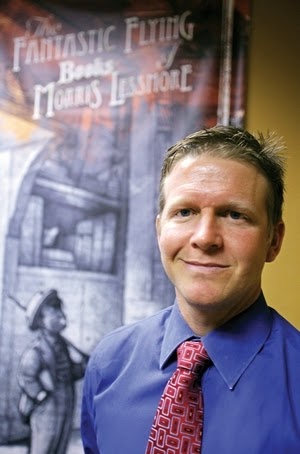46. We interview Robert Leighninger about his book, Building Louisiana: The Legacy of the Public Works Administration. The Public Works Administration
(PWA) was a depression-era program to put the unemployed back to work
building large public works like bridges, schools, dams, and hospitals.
When we speak of Louisiana architecture, our minds tend to go to the
French Quarter, plantations, Creole houses, shotgun houses, and dog
trots. But the PWA buildings are all around us every day: courthouses,
schools, city halls, post offices, college buildings, even the French
Market in New Orleans. Tbe PWA both offered jobs to people who needed
work during the depression; it also helped provide us the infrastructure
for a vital society. These accomplishments remind us that sometimes government is the answer.
- This week in Louisiana history.
April 6, 1764. First Acadians actually arrived in Louisiana.
March 6, 1929 Impeachment trial of Huey Long held. - This week in Louisiana. April 4-6, 2014
Bayou Cajun Festival
307 E. Fifth St.
Larose, LA 70373
985-693-7355 Traditional Louisiana dishes, music and dancing. Carnival mid-way, sport events, craft market, piroque races in Bayou Lafourche and a fun walk. Free parking and no gate fee.
- Civil Works Administration (CWA)
- Farm Security Administration (FSA)
- Federal Works Administration (FWA)
- National Civilian Community Corps (NCCC)
- National Youth Administration (NYA)
- Public Works Administration (PWA)
- Resettlement Administration (RA)
- Social Security (SS)
- Tennessee Valley Authority (TVA)
- Living New Deal
- National New Deal Preservation Association
- Public Works Historical Society (APWA)
- When Government Helped (Book) Collins & Goldberg
- WPA Today
Listen in Stitcher.
The Louisiana Anthology Home Page.
Like us on Facebook.


